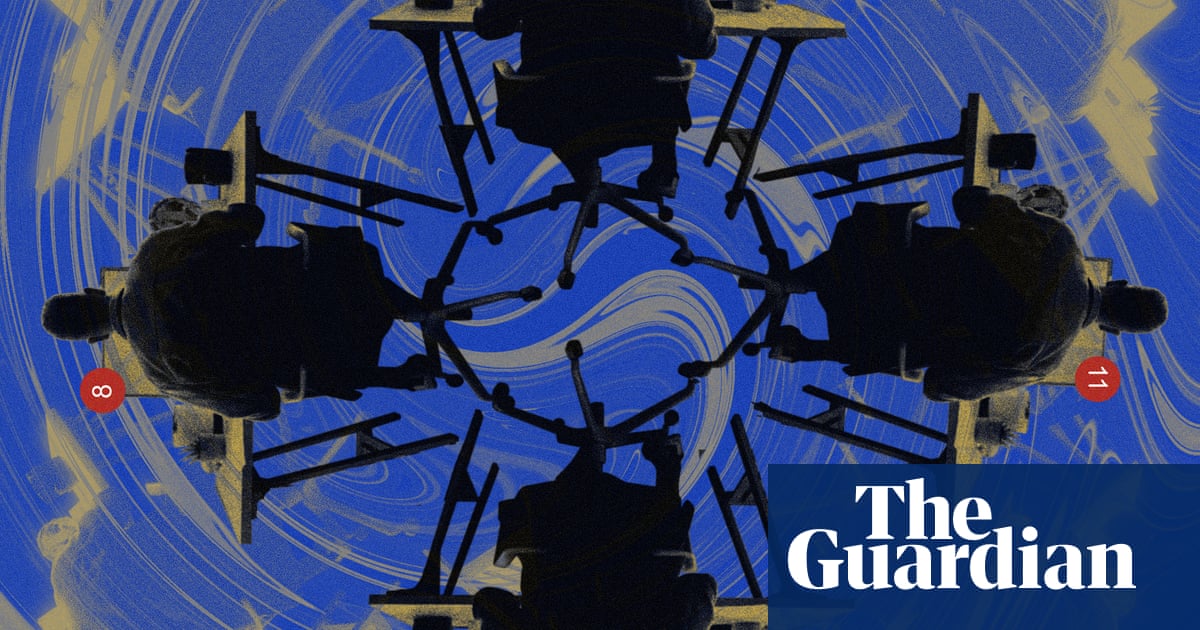
A photograph showing the curvature of the spine due to scoliosis. File photograph.
Everyone has heard of the world’s fastest man, Usain Bolt. What many may not know however, is that the renowned sprinter and eight-time Olympic gold medallist has scoliosis, a condition affecting the spine. What is this condition and how is it treated? Read on to find out.
What is scoliosis?
Some persons develop an unnatural curvature of the spine, which could begin in early childhood or in the early teens. Their spine takes the shape of an ‘S‘ or a ‘C’ in severe cases. This progressive condition varies in its degrees — it could be mild to moderate, or severe to very severe. The more severe the condition, the more the individual has a need for treatment. Those with mild symptoms may not experience any pain and may lead a normal life. Some people however, will develop chronic back pain as adults. Yet others may have breathing difficulties, or a bone jutting out, or the shape of one half of their body may be unaligned with the other half. The spinal curve could also affect the development of bones, thereby affecting normal living. Mild scoliosis can progress to moderate and severe scoliosis over time.

What are the symptoms of scoliosis?
A person could have uneven shoulders, where the shoulder blades are not of even length; the rib is arched; the waistline and hip are uneven and the arms and the legs appear to be of different length. The person’s gait changed, change affecting balance and coordination. Scoliosis may occur at any age and is difficult to monitor. Though not life-threatening if a child’s spine curvature is affected, it could be recommended to wear braces to avoid further progression of the disease.
What causes scoliosis?
Experts do not know what causes the common types of scoliosis. The condition could run in families. There are four types of scoliosis – idiopathic (cause unknown), congenital (abnormal formation of the vertebrae of the foetus), neuromuscular (neurological and muscular conditions that affect the spine) and degenerative (occurring in older adults due to arthritis or wear and tear of discs). Idiopathic scoliosis is the most common, comprising almost 80% of the cases.
Certain neuromuscular conditions including cerebral palsy and muscular dystrophy could also cause scoliosis. Bone formation of the spine at birth, surgery in a baby to remove a bone on the chest wall or the spine or spinal cord conditions could also be a cause. Women are generally at a higher risk of the curvature becoming more pronounced, requiring treatment.
Scoliosis treatment centres in the country estimate that around 2-3% of the population could be affected. While in Western countries screening of school children is routine, the same cannot be said of India. As a result, children are diagnosed late and treatment is delayed. According to a research paper published in the February 2022 edition of the American Journal of Translational Research by Hemender Singh et al, a study of the epidemiology of adolescent idiopathic scoliosis in Jammu and Kashmir showed a lower prevalence in females compared to males. In India, till now “the prevalence has been reported only from two small geographical regions, i.e., Patiala city of Punjab and in the state of Assam”, the paper said. It noted that “lack of epidemiological studies on scoliosis explains its unawareness and ignorance in India,” and called for further population and genetic studies in India.

What is the treatment for scoliosis?
The growth of a child with the condition is monitored through X-rays and MRI scans, if necessary. Neurological investigations to rule out muscle weakness and numbness are conducted, and an assessment of reflexes is done. The size of the curve is assessed. As the child matures and the bones stop growing, the risk of the curve getting worse reduces. Children with moderate curvature of the spine are recommended braces. In persons with a severely curving spine, screws and rods are provided surgically to help the spine remain in position and enable them to live a normal life.
Does scoliosis reduce lifespan?
People with scoliosis have lived long and been successful as well. According to the Scoliosis Reduction Centre, quite a few celebrities with scoliosis have gone on to achieve international success. Apart from Usain Bolt, powerlifter Lamer Gant actor Elizabeth Taylor, are some of those who overcame scoliosis leaving the world richer with their talent.
Published – July 09, 2025 08:03 pm IST














